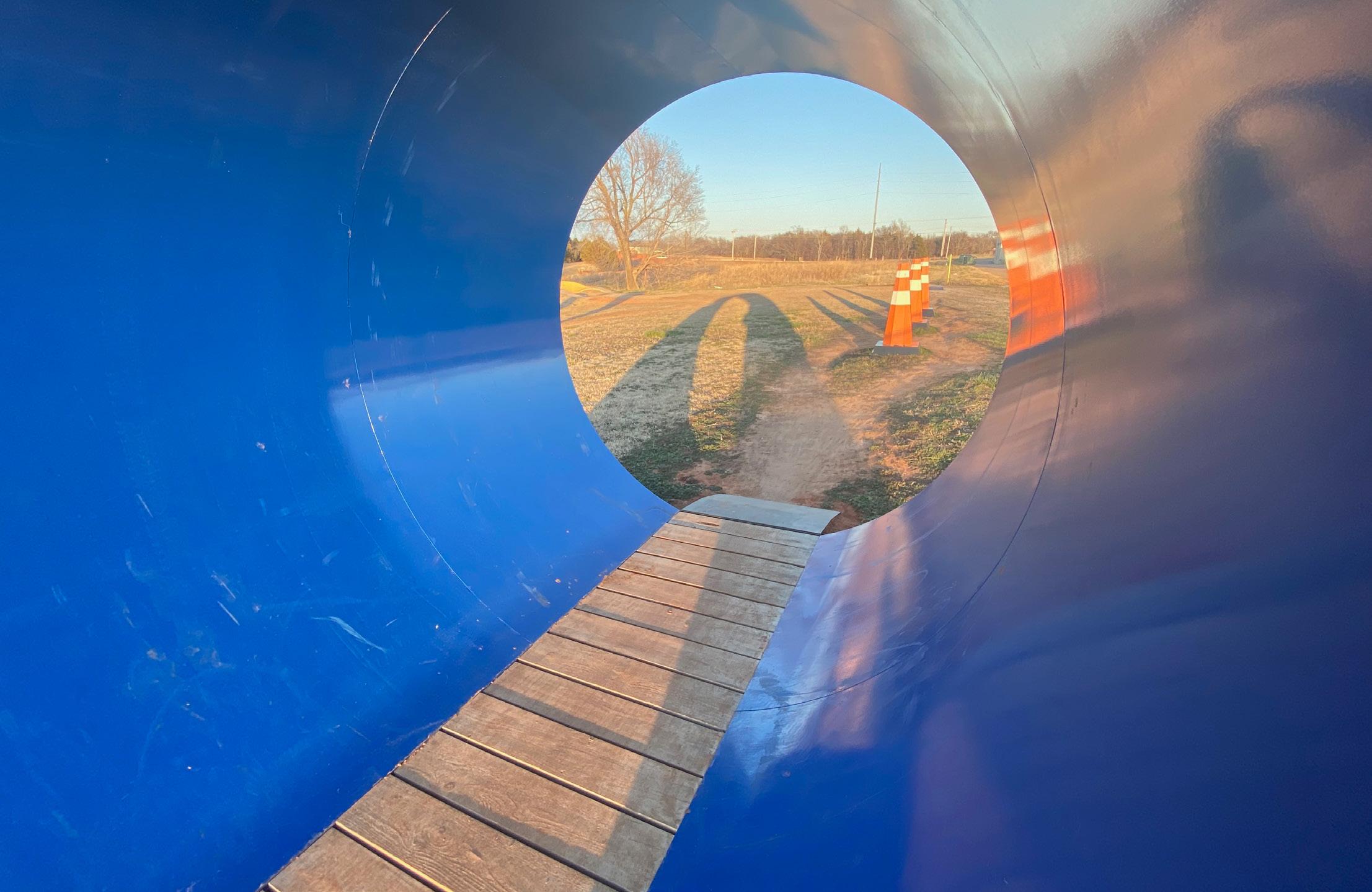H EA LT H
BY: LINDSAY CUOMO
Train Smart
A
Norman Regional Observes National Athletic Training Month
thletics are an influential part of our culture. From the court to the gridiron, on the pitch or the diamond, communities across the nation rally behind youth sports. Entire cities and states come together to support their favorite collegiate and professional teams. And, all this recreation is powered by athletes, young and old, competing at various levels.
Photo by: Mark Doescher
It should come as little surprise that sports medicine is a fast-growing discipline. In fact, participation in high school sports reached an all-time high during the 2017-2018 season, according to the National Federation of State High School Associations. Experts expect these numbers to continue to increase. Norman Regional’s Sports Medicine program works with 10 different school districts and area colleges including Norman Public Schools. Their athletic trainers work with schools in a variety of capacities, providing resources for injury prevention programs, rehabilitation and more. boydstreet.com
“We have different programs and services for each of the schools we work with,” said Joe Waldron, an athletic trainer for 25 years and manager of the Norman Regional sports medicine program. “We help with the needs of the athletes to keep them healthy and get them back into the game as soon as is safely possible.” In addition to the growing demand, sports medicine has also experienced a renaissance of sorts, Waldron said. “We know more today than ever before about the long-term effects of injuries, especially head injuries,” Waldron says. “We are so much more educated on what to look for and to test for.” New testing capabilities and injury protocols provide trainers with better guidelines for safe practices, and for recovery. “It used to be, if an athlete had a head injury, they would have to sit out a certain (number of days) but every kid is different and secondary injuries can be deadly. We need to be very smart about how
quickly we let athletes return to play. We now utilize more tests and tools to determine when an athlete is ready.” Athletic trainers are required to be a jack-of-all-trades, Waldron said, addressing a variety of needs for the athletes under their care. “We have a lot of training in different areas. We have training in nutrition and rehab,” Waldron said. “We are a combination of all of the medical trades, so we can help the athlete as a whole.” Waldron says conditioning plays an important role, especially in preventing future injury. “Many times, an athlete’s body isn’t ready for the conditions. They come out not prepared physically and have a tendency to overheat, strain muscles or break bones.” Waldron recommends young athletes participate in a variety of sports. “Participation in different sports trains BOYD STREET MAGAZINE | 77















